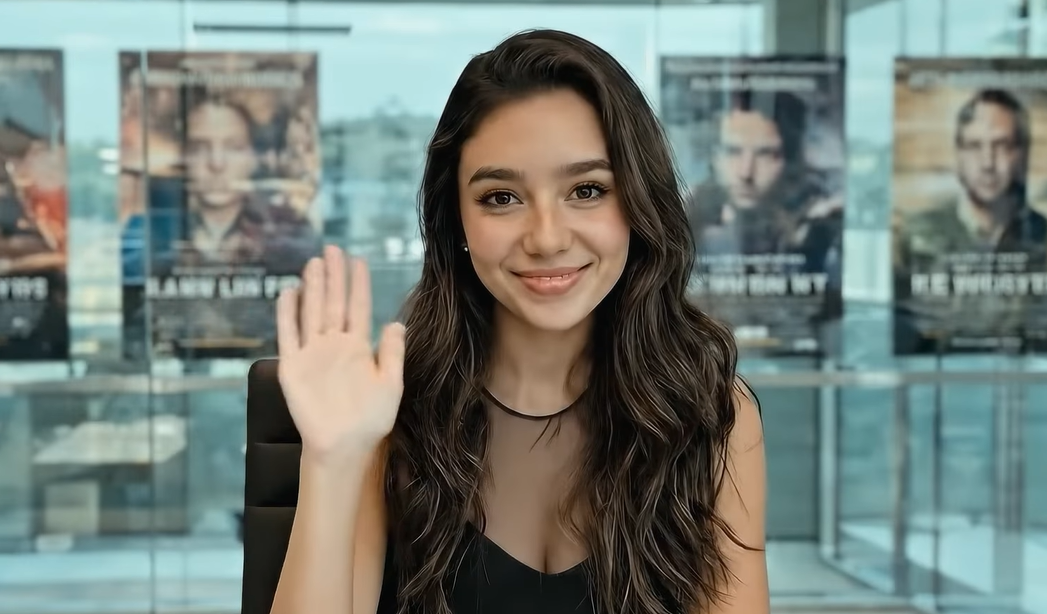AI Actors in the Classroom: A New Frontier for Media Literacy & Storytelling
By studying AI-generated characters such as Tilly Norwood, educators can empower students to navigate and shape a world in which technology and storytelling intersect.

In an age where artificial intelligence is reshaping the entertainment industry, educators have a unique opportunity to turn this cultural shift into a powerful teaching moment.
Meet Tilly Norwood, the world’s first fictional AI actress who is captivating audiences, sparking debates, and raising new questions about creativity, authenticity, and identity.
Rather than viewing her as a threat to traditional actors, we can explore how AI-generated characters such as Tilly can help students examine media literacy, digital well-being, and the evolving art of storytelling.
A History of the Unreal: From Animation to AI
The entertainment world has always been a blend of reality and fantasy. For generations, audiences have formed connections with animated characters, idealized movie stars, and fictional heroes. Tilly Norwood is simply the latest step in this evolution. She is a digital creation that challenges us to rethink what it means to be a performer.
Her existence opens the door to rich classroom discussions. Is authenticity defined by humanity or by emotional connection? What makes a performance believable or moving? By examining AI in the context of entertainment history, students can recognize that our relationship with the “not-quite-real” is nothing new. It is just the next brushstroke on a much older canvas.
Media Literacy in the Age of AI: Knowing the Source
An important lesson AI actors offer is the need for strong media literacy. Just as we guide students to spot misinformation or identify deepfakes, we must help them question the origins and intentions behind AI-generated content..
Who created this persona? Is it clearly labeled as synthetic? What biases may be embedded in her programming? These questions train students to be not just consumers, but conscious analyzers and creators in a digital world.
Tools and ideas to transform education. Sign up below.
Classroom idea: Compare a performance by Tilly Norwood with one by a human actor. Have students evaluate each for emotional resonance, believability, and impact. This can lead to rich discussions around what makes a performance feel “real” and whether that even matters.
From Audience to Creator: Citing and Crediting in a Digital World
As students move from consumers to creators, whether writing fan fiction, designing avatars, or remixing media, they need to understand attribution and responsible use. Who owns the work they’re adapting? How do they credit inspiration or tools?
These aren’t just digital skills. They’re civic competencies that shape how students participate in today’s creative economy. Teaching citation, transparency, and respectful collaboration fosters integrity and helps students become responsible digital citizens.
Classroom idea: Have students write a short bio for an animated or AI-generated character. Ask them to explain what tools were used to create the character and how ethical use and attribution were considered.
Navigating Ethical, Equity, and Safety Concerns
While AI characters offer exciting creative possibilities, they also come with real-world concerns. Educators can create space for students to explore these dilemmas critically, acknowledging that some creatives view AI as a threat to jobs and authenticity. In the classroom, we can unpack these tensions thoughtfully, helping students evaluate where they stand and why.
Encourage students to engage in meaningful AI exploration by asking good questions, analyzing what they see, and imagining what could be. Writing character backstories, evaluating emotional expression, or reflecting on our relationships with entertainers are all great entry points.
A New Chapter in Storytelling
In the end, the rise of AI performers such as Tilly Norwood is not about replacing human creativity but expanding it. By bringing these conversations into the classroom, educators empower students to navigate and shape a world in which technology and storytelling intersect.
Ultimately, there's room for all kinds of characters and creators in this new frontier of storytelling. By helping students understand and shape this shift, we can help prepare them not just to be consumers of the future of storytelling, but to become creators.
Enjoy our content? Make sure to add Tech & Learning as a preferred source on Google to keep up with our latest news, how-tos, profiles, events, and more.
Lisa Nielsen (@InnovativeEdu) has worked as a public-school educator and administrator since 1997. She is a prolific writer best known for her award-winning blog, The Innovative Educator. Nielsen is the author of several books and her writing has been featured in media outlets such as The New York Times, The Wall Street Journal, and Tech & Learning.
Disclaimer: The information shared here is strictly that of the author and does not reflect the opinions or endorsement of her employer.
